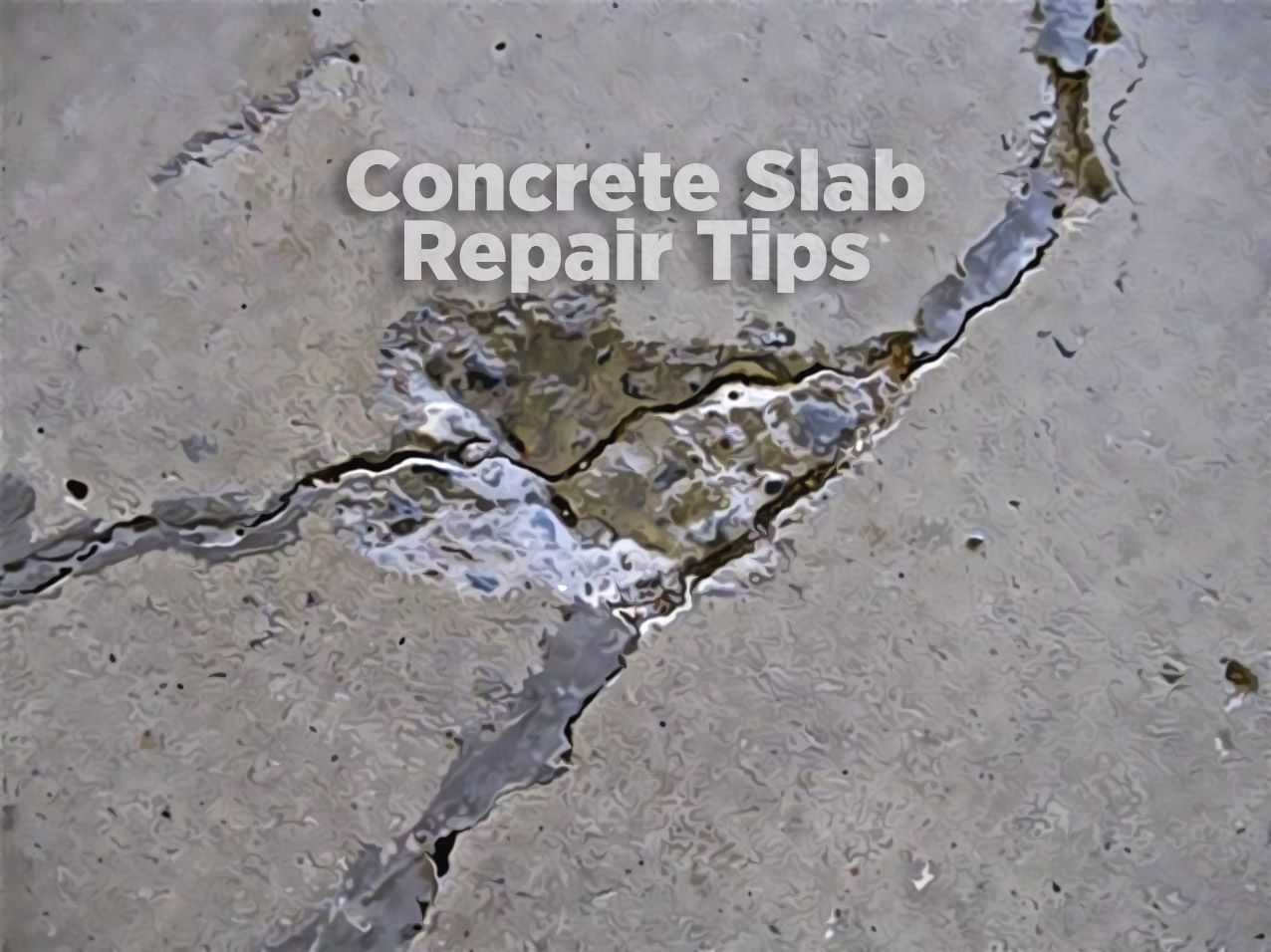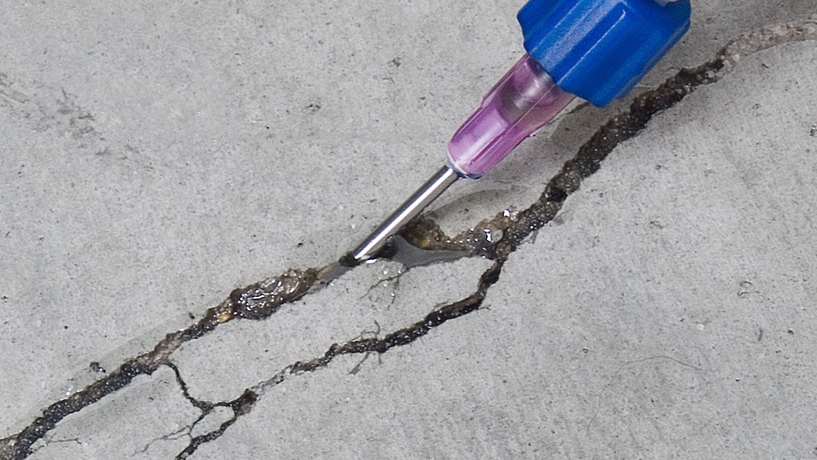

- Have to.disclose concrete slab crack repair how to#
- Have to.disclose concrete slab crack repair install#
In summer it gets very hot at the top of the stairs. There is no backing on the batts and they tend to fall out. One side is the drywalled conditioned stairwell and other side is the attic. The walls that surround the stairwell and the cupboards are 2x4 and insulated with f/g batts. At top of stairwell, on one side there is a bedroom and other side is a walk in cupboard with a door at back that provides access to attic proper where we store some things and our heat pump airhandler and ducts are located. We have a one level home in Ontario, Canada. Taking all suggestions and thank you for your help in advance! :cool: Should I just frame the wall 12" out from the kneewall? Picture below. This seems like it would be a pretty common problem. The second problem is that the drain pipe lowers (for the water to drain, I get that) all the way across the back wall. Secondly they ran the kitchen drain pipe directly above the door. Traditionally I would create a "ledge" in front of the window, but notice how close the window and the door are! Why someone would do this, I have no clue. The problem is that I have no clue how I should frame around this window.

I have framed 5/6ths of the basement but I am completely clueless on how I should go about framing this wall. I used 3" XPS on the walls and have gotten everything tuck taped and sealed. I demoed the crap the last people left, and started fresh.
Have to.disclose concrete slab crack repair how to#
I wanted to do everything right so I bought (& Read :D ) books, watched shows, and read articles on how to do it right. This is my first post here at do it and I am glad to be here!Īpproximately 9 months ago I started on a basement renovation. It's a tremendous amount of work, and the epoxy will run at least $65 a gallon. Do an internet search to find what's available in your area-Sika, Master Builders, Euclid, all come to mind, and there are others. Using a low-modulus material will ensure that even if the cracks are moving (slightly), it will adhere to both sides while having enough "give" to not fracture.
Have to.disclose concrete slab crack repair install#
If you really want to go overboard, install plastic injection ports every foot or so using a gel, and pump a low viscosity epoxy in through the ports.

Use the gravity flow method of working the stuff into the Vee'd out openings, with lots of plunge moves using a narrow putty knife. Vacuum out the dust/dirt, flush, dry and then install a good low-modulus, 2-part epoxy that's good for damp conditions. If you're serious about sealing them (and all of them, so you WILL be pulling all of the floor tile up, yes?), proper prep work should include routing everything out, probably at least 3/4" deep and 1/4" wide at the top.


 0 kommentar(er)
0 kommentar(er)
